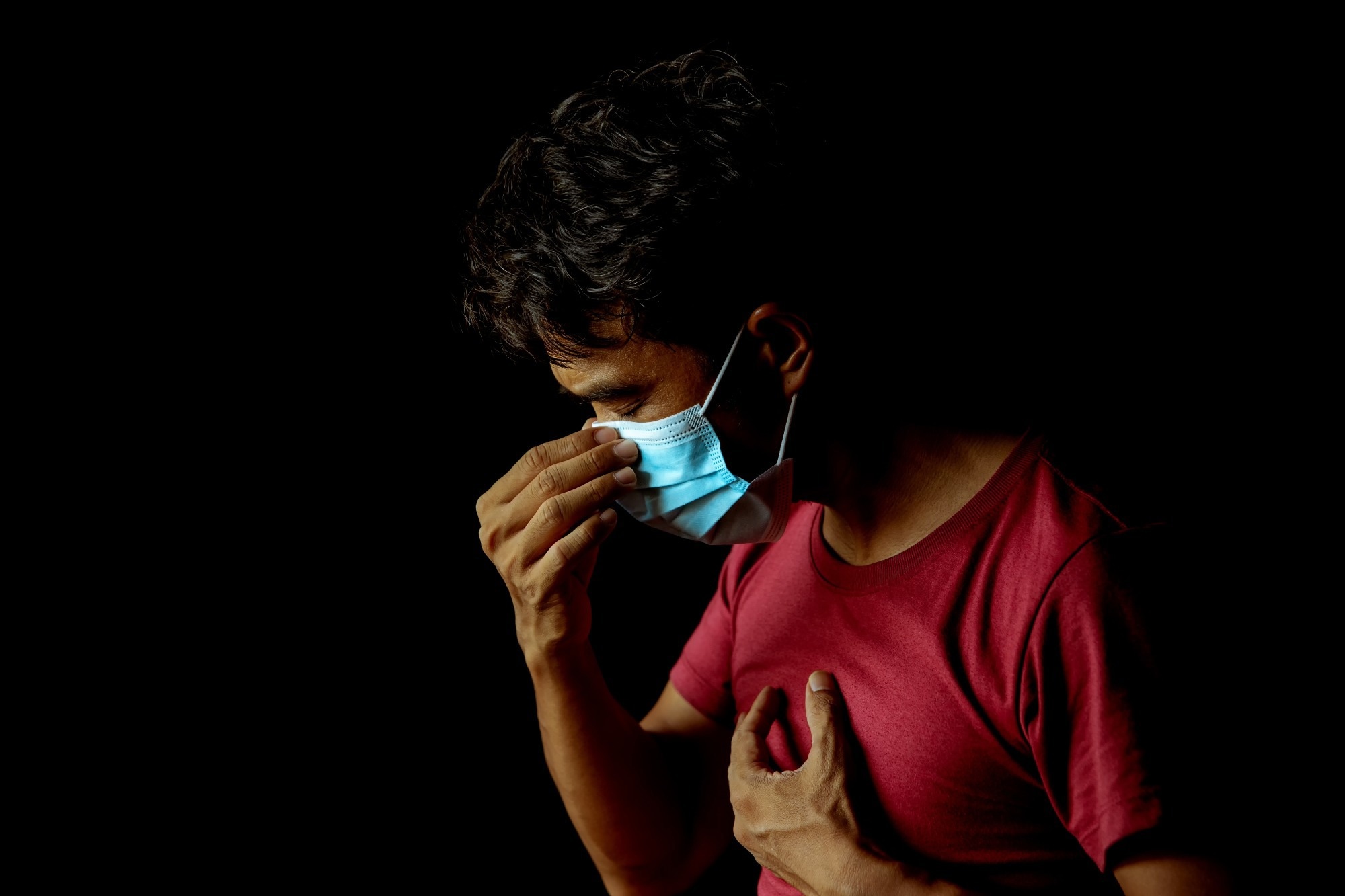There are well-known symptoms of long COVID or post-acute sequelae of COVID-19. However, there is little description of its natural history, based either on symptoms, organ dysfunction, or functioning. Long COVID may be associated with the severity of initial disorders in some hospitalized patients; however, prognostic variables in non-hospitalized patients are neither defined nor examined systematically. To perform clinical trials of potential therapeutics for long COVID, categorization as per symptoms or assessments is required. It has been demonstrated that magnetic resonance imaging (MRI) parameters have clinical relevance for chronic and multisystem disorders.
 Multi-organ impairment and long COVID: a 1-year prospective, longitudinal cohort study. Image Credit: Anucha Naisuntorn / Shutterstock
Multi-organ impairment and long COVID: a 1-year prospective, longitudinal cohort study. Image Credit: Anucha Naisuntorn / Shutterstock
About the study
In the present study, researchers determined the predominance of organ dysfunction in long COVID patients six and 12 months after symptom onset and investigated any correlations with clinical manifestation.
The study involved patients diagnosed with COVID-19 who did not have any active severe acute respiratory syndrome coronavirus 2 (SARS-CoV-2) infection but continued to display related symptoms. A retrospective review of the duration of symptoms characterized the persons experiencing long COVID based on persistent symptoms noted for 12 weeks. Those with signs of organ impairment detected based on blood tests, magnetic resonance imaging (MRI), or incidental findings were examined at a six-month follow-up visit. Each session included pre-visit MRI and blood tests, as well as online questionnaires.
Quantitative multi-organ MRI was employed to evaluate organ dysfunction. Participants underwent a lung, kidney, heart, liver, spleen, and pancreatic MRI. The MR measurements were standardized to produce a single report that can be interpreted by clinicians. These reports included 49 organ-specific metrics along with their respective reference ranges for assessing impairment after estimating the distribution of every metric in the healthy control individuals matched for gender and age, as well as organ volumes obtained from healthy controls that represented complete gender and height sub-categories. Technical success was judged by the reporting of quality-assured measurements for each reported variable and the overall delivery of a report for every patient.
The evaluation centered on commonly observed symptoms, health-related quality of life (HRQoL), and dyspnea. At follow-up, participants were queried about time missed from work owing to COVID-19. At baseline and follow-up, multi-organ impairment was described as two or more MRI measures from separate organs that lie outside the reference ranges.
Results
At baseline, a total of 536 participants were included. At baseline, all patients in the group were symptomatic. Women and obese persons were more likely to have systemic or cardiopulmonary symptoms or poor HRQoL. Participants from the follow-up cohort displayed a median of 10 symptoms at baseline and three symptoms at follow-up. At baseline, the prevalence of the five symptom cohorts was comparable with 48% of individuals having systemic, 43% having cardiopulmonary, 38% experiencing severe breathlessness, 48% having cognitive dysfunction, and 57% reporting poor HRQoL symptoms. On the other hand, 12% of participants reported neither of these symptoms but reported other less prevalent symptoms.
At follow-up, systemic and cardiopulmonary symptoms were notably diminished. The symptoms improved by follow-up were fatigue which decreased from 98% to 64%, myalgia from 89% to 35%, shortness of breath from 90% to 47%, headache from 85% to 34%, chest pain from 81% to 38%, fever from 73% to 2%, cough from 75% to 11%, and sore throat from 75% to 11%. At the follow-up, 18% of the patients displayed symptom resolution.
HRQoL values were low at baseline for the entire cohort of patients with long COVID, with a median visual analog score (VAS) of 60% and a median health utility index score of 0.67. The sub-optimal health variables with the highest ranking were difficulties with daily task completion and pain. These challenges were also noted in the follow-up cohort at baseline. At follow-up, the health utility index score rose to 0.71. However, 42% of participants still reported a utility score of less than 0.7, and 28% continued to suffer severe dyspnea.
A number of liver-specific indicators were linked to specific symptom load. At baseline, high liver fat was observed in 58 out of 187 patients having severe dyspnea but in only 70 out of 328 patients without severe breathlessness. In contrast, those without significant breathlessness were more likely to have low liver fat at both time periods in the follow-up group. Furthermore, a high liver volume reported at the time of follow-up was related to lower HRQoL.
Conclusion
The study findings showed that even in the patients who were not significantly impacted by acute COVID-19, long COVID symptoms usually linger at 12 months. Long COVID can be diagnosed and monitored in non-acute situations. Continuing research in multisystem assessment and medication for people reporting persistent fatigue, breathlessness, and cognitive impairments is necessary to treat the long-term burden of COVID-19, in tandem with mechanistic investigations to understand pathophysiology.